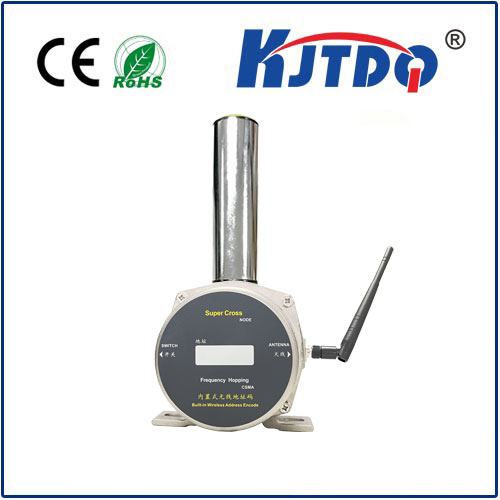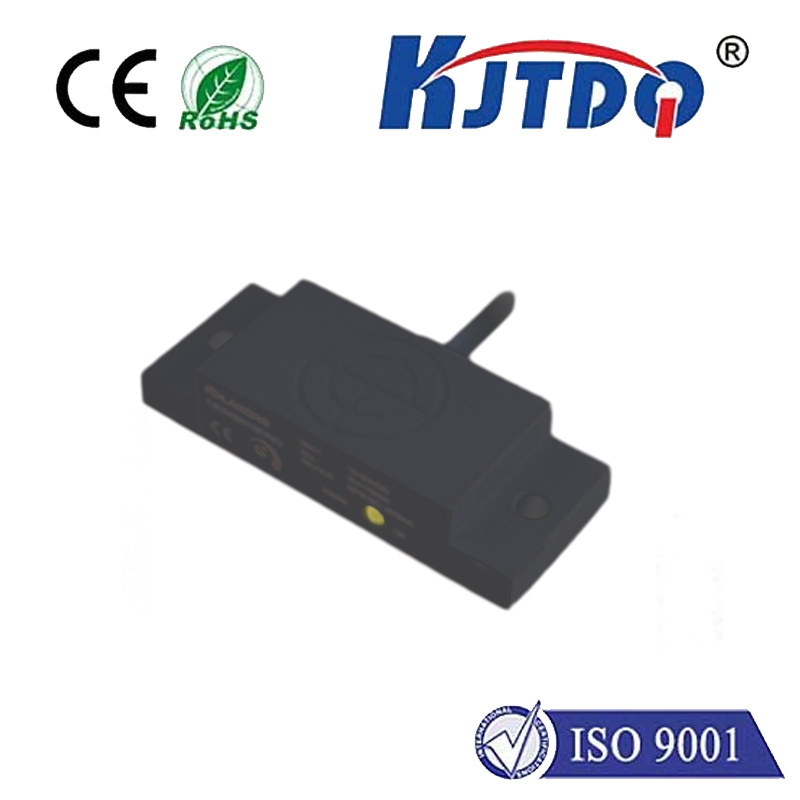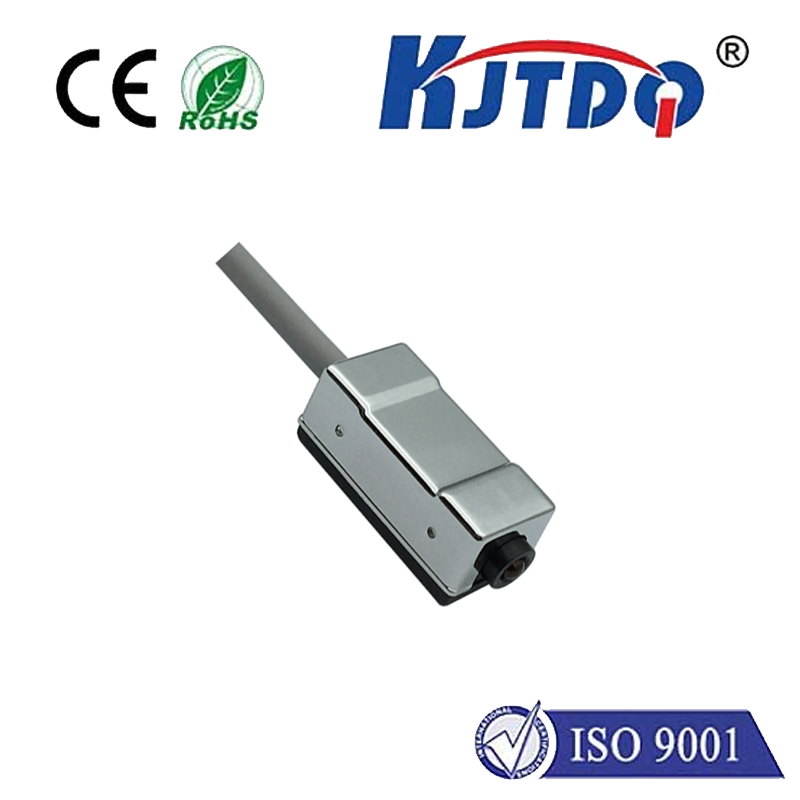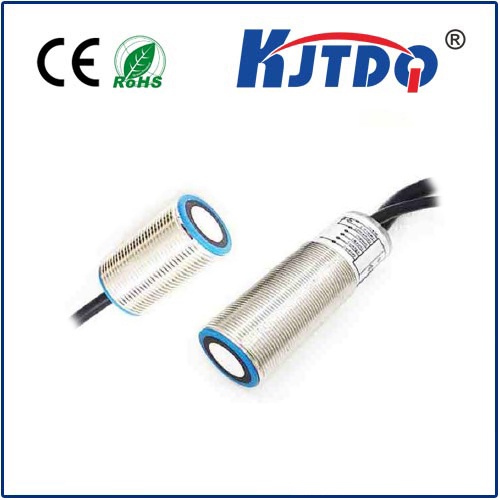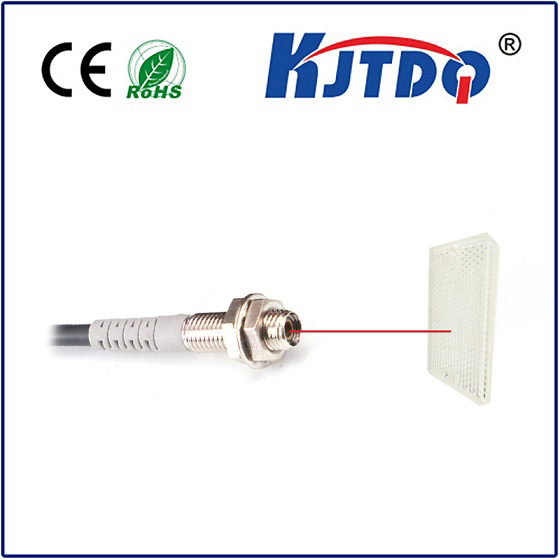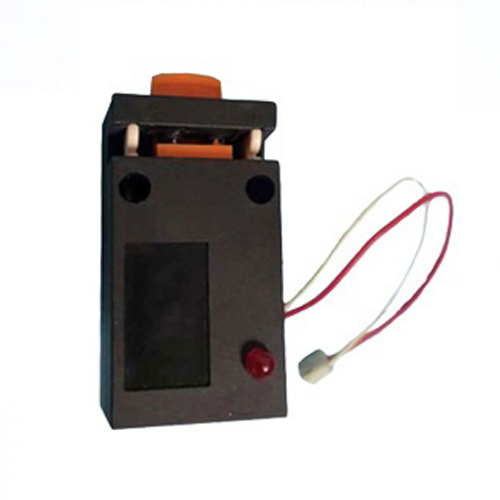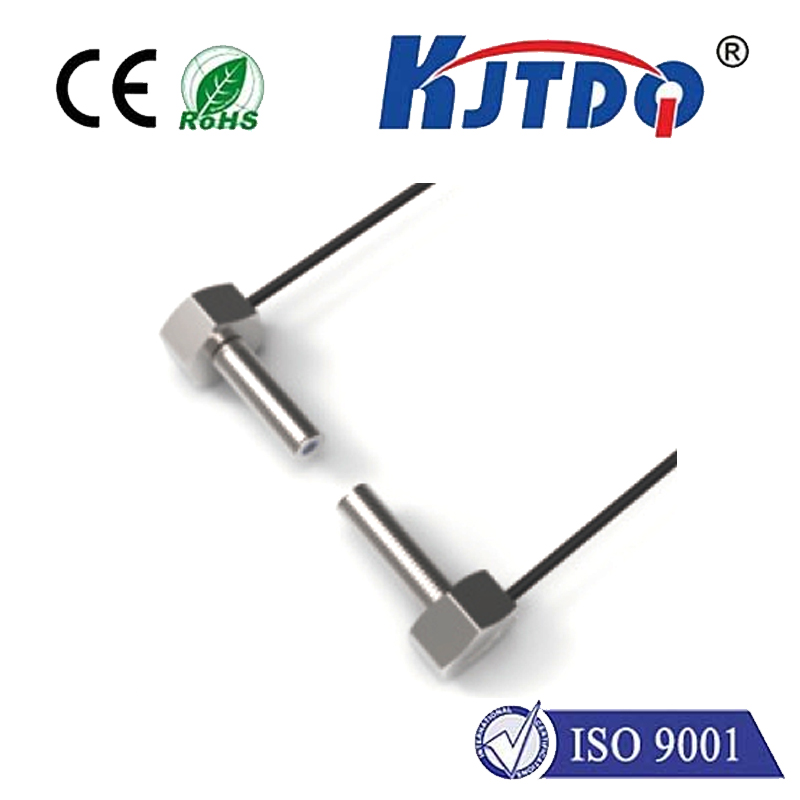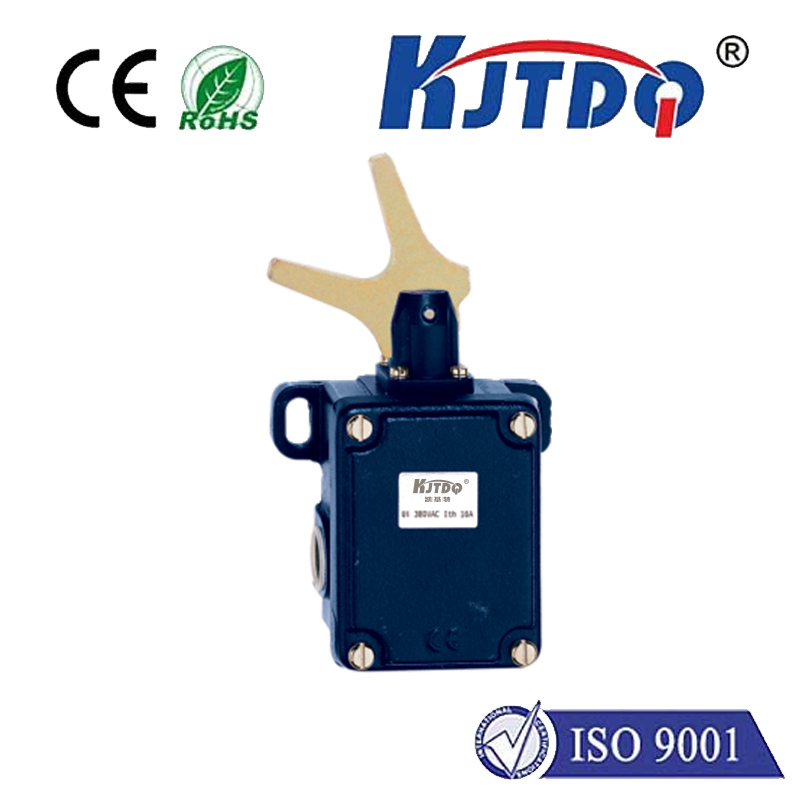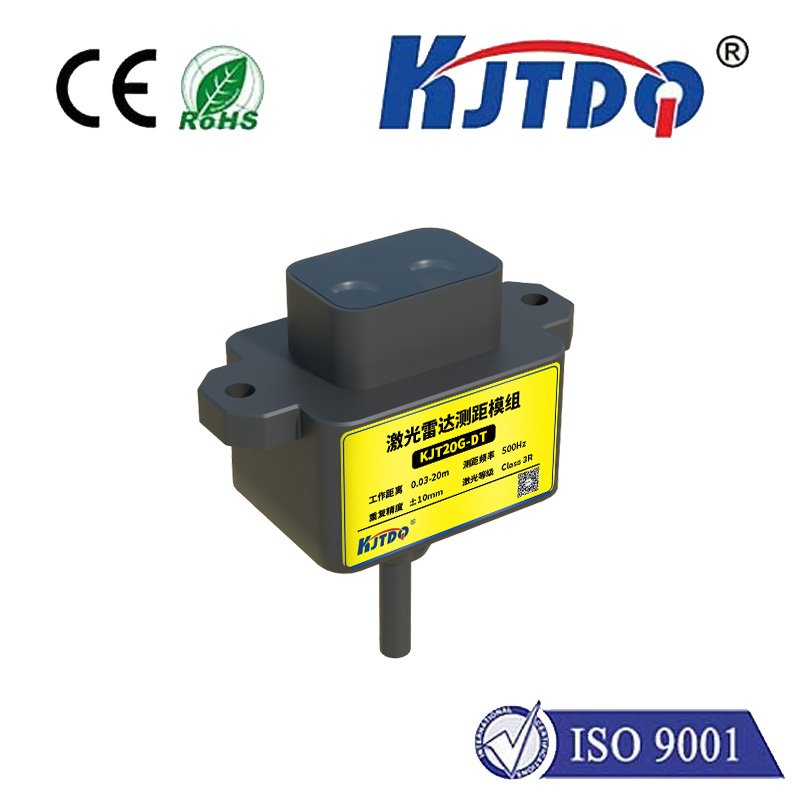ограничитель регулируемого роликового стержня
- time:2025-08-02 00:05:14
- Нажмите:0
Unlock Precision & Versatility: Mastering the Adjustable Roller Lever Limit Switch
Imagine a high-speed conveyor system flawlessly stopping its payload at the exact millisecond required for downstream processing. Or picture robotic arms executing complex movements, their travel precisely bounded by invisible safeguards. Behind these scenes of industrial efficiency often stands a humble yet profoundly powerful component: the ограничитель регулируемого роликового стержня. More than just a switch, it’s a cornerstone of precision control and safety in countless automated systems. This article dives deep into why its adjustability is its superpower and how mastering its application elevates machine performance and reliability.
Demystifying the Core Function: What is an Adjustable Roller Lever Limit Switch?
At its heart, a limit switch is an electromechanical device designed to detect the presence or absence, position, or end of travel of an object. It acts as a sentinel, triggering an electrical signal when its actuator mechanism is physically moved by the target object. The “roller lever” refers to the specific actuator type: a pivoting arm terminating in a roller. This roller minimizes friction and wear when contacting the target object, ensuring smooth engagement and longer service life.
The critical differentiator is “adjustable”. Unlike fixed-position limit switches, the travel distance required to actuate the switch mechanism (the point where electrical contacts change state) can be precisely fine-tuned on an adjustable roller lever model. This tuning typically involves moving a cam, adjusting a screw, or repositioning a collar along the lever arm. This seemingly simple feature unlocks immense operational flexibility.

Why Adjustability Matters: The Key Benefits
The ability to fine-tune the actuation point transforms this component from a static part into a dynamic control element. Here’s why adjustability is non-negotiable in modern automation:
- Precision Positioning: Ensure machines stop, start, or change state at the exact required location. This is vital for product quality, assembly accuracy, and synchronized operations. Compensate for mechanical tolerances or slight wear over time without replacing the entire switch.
- Enhanced Versatility: A single ограничитель регулируемого роликового стержня model can often replace multiple fixed-position switches within a certain range. This simplifies inventory management and allows one switch design to serve multiple, slightly different applications on a machine or across different machines.
- Optimized Process Flow: Fine-tuning actuation points allows engineers to dial in the perfect timing for sequences – perhaps initiating a clamp milliseconds earlier or delaying an ejector stroke slightly for smoother operation. This directly impacts cycle times and throughput.
- Reduced Setup & Changeover Time: When machinery needs reconfiguration for different products or processes, adjustable switches can be quickly recalibrated on the fly. This minimizes costly downtime and boosts overall equipment effectiveness (OEE).
- Proactive Maintenance: Wear in linkages, bearings, or even the target surface over time can subtly change the travel path. An ограничитель регулируемого роликового стержня allows technicians to compensate for this drift, extending service intervals and preventing unexpected failures. Think of it as built-in future-proofing.
- Повышение безопасности: For safety-critical applications like guards or emergency stops (ESTOP functions), ensuring the switch activates reliably at the precise moment required is paramount. Adjustability allows for rigorous initial setup and confirmation of safety margins.
Where Adjustable Roller Lever Switches Excel: Key Applications
Their unique blend of robustness, straightforward actuation, and fine-tuning capability makes adjustable roller lever limit switches ubiquitous:
- Перевозка материалов: Controlling conveyor starts/stops, position verification for sorting gates, pallet positioning, end-of-travel limits for lifts and hoists.
- Packaging Machinery: Verifying case/tray presence, detecting film breaks, setting position for fillers and cappers, triggering labeling mechanisms.
- Станки: Defining tool changing positions, establishing workpiece origin points, safeguarding spindle travel, indicating chuck clamp status.
- Automated Assembly: Detecting part presence in fixtures, confirming robotic arm end positions, sequencing robotic tasks based on component location.
- Textile & Woodworking: Monitoring feed positions, detecting jams, controlling feed rollers, setting cutting limits.
- Industrial Doors & Gates: Detecting open/closed status for security or interlock systems.
- Safety Interlocks: Providing position feedback for guards (though dedicated safety-rated switches are used for SIL/PL critical functions).
Selecting the Right Adjustable Roller Lever Switch: Key Considerations
Not all adjustable roller lever switches are created equal. Careful selection ensures optimal performance and longevity:
- Actuation Force & Torque: How much force is required to move the lever? This must be compatible with the force exerted by the target object. Too high, and the target might deflect or the switch won’t actuate; too low, and vibration might cause false triggers.
- Travel and Pretravel: Understand the total mechanical throw of the lever and, crucially, the pretravel – the distance the lever moves before the electrical contacts change state. Adjustability usually fine-tunes this pretravel distance. Ensure the lever’s range covers your application’s needs.
- Electrical Ratings: Voltage (AC/DC), current (amperage), and switching type (SPDT, DPDT contacts) must match the control circuit requirements. Consider inductive vs. resistive loads.
- Environmental Protection (IP Rating): Will the switch be exposed to dust, moisture, oil, or washdown? Choose an appropriate IP (Ingress Protection) rating (e.g., IP65, IP67, IP69K).
- Construction & Materials: Robust housing (metal vs. plastic), durable roller material (steel, nylon), and quality internal contacts are essential for harsh environments and long life. Look for corrosion-resistant finishes where needed.
- Operating Temperature: Ensure the switch is rated for the ambient temperature extremes of its location.
- Mechanical Life Expectancy: Rated for millions of operations? This indicates overall durability.
- Mounting Options: Does the switch body and lever orientation suit the available space and actuation direction (head-on, side roller, right-angle lever)?
- Certifications: For specific industries or safety functions, UL, CSA, CE, or IEC certifications may be mandatory.
Installation and Adjustment Best Practices
Proper installation and adjustment are critical to reaping the benefits:
- Secure Mounting: Ensure the switch body is rigidly and securely mounted. Vibration can lead to false signals or damage. Use appropriate locknuts or mounting hardware.
- Precise Lever Positioning: Mount the switch so the target object contacts the roller squarely and consistently along the intended path. Avoid excessive side-loading or impact on the lever.
- Gradual Approach: If possible, position the target object to contact the lever gradually rather than impacting it perpendicularly at high speed. This minimizes shock and wear.
- Fine-Tuning Adjustment: With the machine powered down and locked out (following safety protocols!), carefully move the target to the desired actuation position. Slowly adjust the switch mechanism (screw, cam, collar) until the electrical contacts change state at exactly this point. Confirm with a multimeter or PLC input indicator. Mark the adjustment position if possible.
- Testing & Verification: Cycle the target object several times under normal operating conditions to verify consistent, reliable actuation. Recheck after initial setup and periodically as part of maintenance routines.
The ограничитель регулируемого роликового стержня remains an indispensable tool in the automation engineer’s and maintenance technician’s toolkit. Its inherent simplicity, mechanical reliability, and – most importantly – its inherent adjustability make it a versatile solution for achieving precise positional control, enhancing machine flexibility, and ensuring safe operations across a vast spectrum of industrial applications. By understanding its principles of operation and carefully selecting and installing these switches, you unlock a higher level of precision, efficiency, and dependability in your systems.

